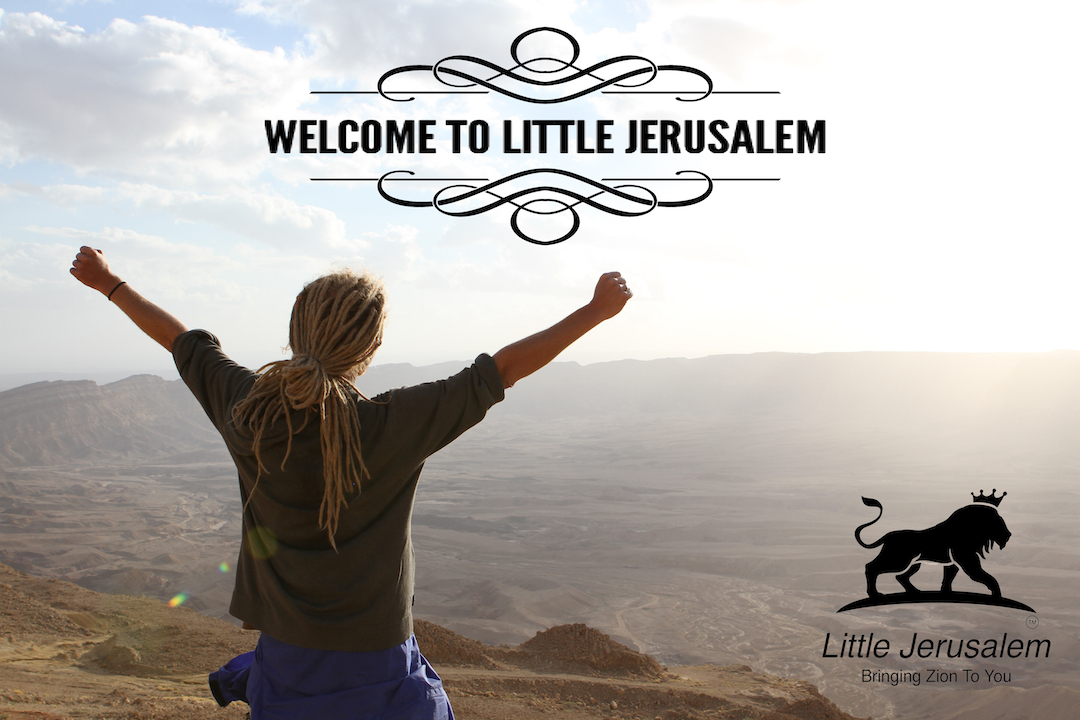It is said that before his arrest by the Romans, Jesus prayed at the foot of the Mount of Olives, on a section of the bedrock in the Garden on Gethsemane. Like other sites on Jesus’ path to the cross, throughout much of the ensuing period, this rock was enshrined by a succession of Christian places of worship. Among these were a 4th-century Byzantine basilica that was destroyed by an earthquake in the year 746 CE, and a 12th-century Crusader chapel that was abandoned in 1345.
Since 1924, the Church of All Nations (officially named the Basilica of the Agony) has rested on the foundations of these earlier churches. The church is thus named because the funds that went into its construction were donated by a variety of countries. Each of these nations is commemorated with a coat of arms in the glass of the church ceiling.
Inside, the focus of the church is the bedrock, which is surrounded by a crown. The Church of All Nation’s impressive facade features a row of Corinthian columns under a mosaic portraying Jesus as an intermediary between man and God. The facade joins the bubble-domed roof to give this church a distinctly Byzantine look.
In Jesus's time this garden would have been an olive grove where an olive-oil press - gethsemane in Greek - was located. Visitors to of the Garden of Gethsemane are amazed when they learn that the gnarled olive trees they see could have been young saplings when Jesus came here with the disciples on that fateful night after the Last Supper (Matt. 26:36; Mark 14:32; John 18:1). Today the ancient trees rise from manicured flower beds; in Jesus’ time this would have been an olive grove where an olive-oil press – gethsemane in Greek – was located.
The impressive Church of All Nations, built in the 1920s over earlier churches, relates the events of this place in brilliantly detailed floor-to ceiling mosaics: Jesus praying alone (Mark 14:35-36); Judas’ betrayal of Jesus (Matt. 26:48); the cutting off of the ear of the High Priest’s servant (Mark 14:47).
